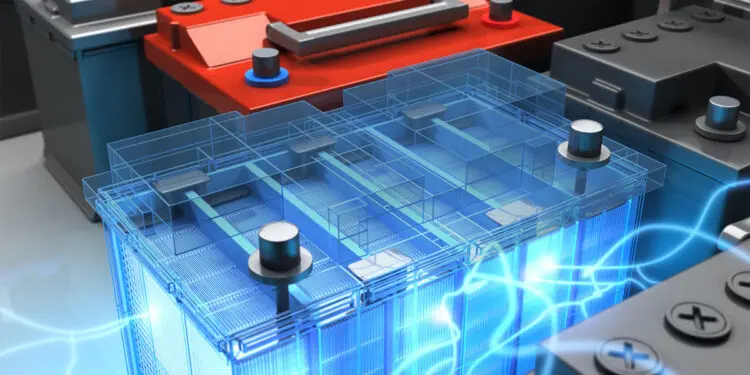The Neutrino Energy Group continues to innovate new neutrino-based energy technologies that will take the pressure off of potentially problematic sustainable energy sources. At the same time, top energy scientists are proposing new methods for storing electricity in electromagnetic capacitors, which eliminate battery waste and last indefinitely. In the near future, these technologies will combine to usher in a new era of global energy that is both fully renewable and truly clean.
Electromagnetic Capacitors Will Make Energy Storage Clean
Recently, a research engineer at UC Riverside’s Marlan and Rosemary Bourns College of Engineering named Alex Khitun proposed a new method of producing high-capacity electromagnetic capacitors. Like batteries, capacitors can store electrical energy, but current technological limitations prevent electromagnetic capacitors from storing large amounts of electricity. Overloading existing capacitors causes them to degrade, but Khitun says he has found the answer.
Khitun believes that adding a compensatory inductive field to existing capacitor technology could eventually allow capacitors to store as much energy as gasoline. This magnetic field would prevent capacitors from breaking down over time, and it would also vastly improve the amount of energy that capacitors could discharge.
Neutrino Energy Will Reduce the Need for Energy Storage
Like neutrinovoltaic energy generation, Khitun’s proposed electromagnetic capacitor technology is still a long way from being fully practical. Just like Holger Thorsten Schubart at the Neutrino Energy Group, however, UC’s Khitun has already demonstrated in lab experiments that his revolutionary energy technology is fully feasible. Now, it’s only a matter of waiting for the technological infrastructure to catch up.
With batteries replaced by electromagnetic capacitors, the specter of battery pollution will no longer haunt the renewable energy industry. And, with the development of practical neutrinovoltaic technologies, the world will become less reliant on energy produced by fossil fuels, which are inefficient and wasteful.
Support the Neutrino Energy Group to Ensure a Clean and Prosperous Future
There’s no question that humanity must eventually transition away from fossil fuels. Even with the surprising success of fracking, fossil fuels are limited resources, and they cause significant environmental harm. Leading scientists caution, however, against abandoning fossil fuels prematurely since existing renewable energy technologies, especially lithium-ion batteries, can cause long-lasting, devastating damage to the environment.
The Neutrino Energy Group is fully dedicated to developing neutrino-based energy technologies that simultaneously reduce our dependence on fossil fuels and work in harmony with other renewable energy technologies. Since neutrinovoltaic devices constantly generate energy in practically every conceivable environment, it is not necessary to store neutrino-generated energy in either batteries or capacitors, but next-generation electromagnetic capacitor technologies will work hand-in-hand with neutrinovoltaic devices to make the future of renewable energy truly clean and sustainable.
































